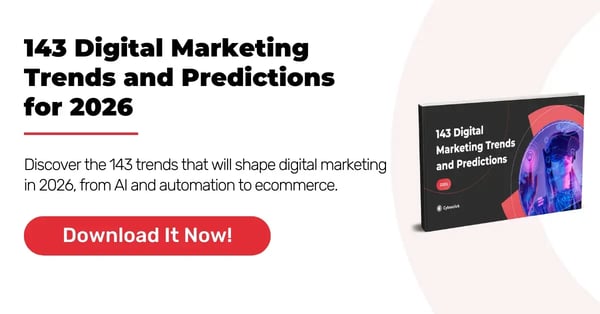The digital sales industry is evolving rapidly, driven by shifts in consumer behavior, advancements in technology, and the changing nature of online channels. Today, brands aren’t just competing for attention—they’re competing to deliver reliable and unique shopping experiences that create lasting value beyond the first purchase.
Emerging trends in digital sales represent strategic shifts that directly impact conversion, retention, and long-term growth. Understanding and applying these trends allows companies to build deeper relationships with customers, optimize resources, and stay ahead in an increasingly fragmented and demanding market.

Social Commerce and Shopping Where Users Already Are
Social commerce has become a normalized way for people to shop since it combines discovery, validation, and purchase all within the social media apps that they use on a daily basis. Customers now expect to interact with content, join live streams, check reviews, and buy products without leaving the app. This means that brands must think about how the conversion funnel works in social media platforms as well as on corporate websites.
From a sales perspective, the key is creating native experiences. Examples might include shoppable videos, embedded links in posts, micro-moments for purchase, and algorithm-driven recommendations. These elements reduce friction and allow conversion to happen naturally by leveraging social validation and the immediacy of online consumption. Industries ranging from fashion and electronics to food and online education are already using these strategies to boost engagement and sales without interrupting the user’s flow.
Flexible Payments, Local Options, and Trust
The checkout process has become a critical decision moment, where the user experience can determine whether a purchase is completed or abandoned. Shoppers now expect flexible, local, and secure payment options, including digital wallets, buy-now-pay-later (BNPL), and traditional methods adapted to each market.
Beyond offering multiple payment options, trust is essential. Visible security badges, simplified forms, autocomplete fields, and smooth navigation all directly affect conversion. Optimizing the checkout process is not just a technical detail but rather a central strategy aimed at increasing sales, reducing cart abandonment, and meeting the expectations of a diverse global audience.

Fast Delivery, Sustainability, and Smooth Logistics
Logistics has become a core part of a brand’s value proposition. Customers nowadays are evaluating delivery speed, ease of returns, and environmental impact in addition to price. Fast shipping remains key, but reliability and transparency are equally important.
Leading brands are investing in micro-fulfillment, scheduled deliveries, real-time tracking, and eco-friendly options, creating a logistics experience that improves customer loyalty. Receiving an order on time, knowing exactly where it is, and having sustainable choices available reinforces trust and encourages repeat purchases.
Automating Sales and Retention with Advanced Analytics
The focus is shifting from mere acquisition to retention, repeat purchases, and lifetime customer value. Advanced analytics and automation allow companies to understand user behavior at every stage and trigger precise actions, like personalized recommendations, retargeting, reactivating inactive customers, and loyalty programs.
Through the use of CRM systems, CDPs (customer data platforms), and predictive engines, companies can segment customers by behavior and conversion potential, optimizing resources and maximizing results. This approach creates automated workflows that promote loyalty and long-term growth. Retail, SaaS, digital services, and marketplaces are seeing particularly strong benefits from this data-driven strategy.
Subscription Models and Recurring Purchases as Growth Drivers
The rise of subscription and recurring purchase models reflects consumers’ growing preference for convenience, predictability, and ongoing value. This approach helps stabilize revenue and boost loyalty, while offering flexible and personalized experiences.
Implementing a subscription model involves integrating recurring billing systems, churn analytics, and exclusive member benefits, adapting offerings to user behavior and preferences. Industries such as food, beauty, wellness, digital services, and SaaS are leading the charge.

Conclusion
The digital sales industry is adapting to a world where customer experience, technology, and commercial strategy are growing in importance. Brands that understand these trends not only improve conversion but also build deeper, more meaningful relationships with customers.
Adapting isn’t just about implementing new tools. It’s about redesigning the shopping experience from the customer’s perspective, with ease, trust, convenience, and continuous value. Companies that integrate these dynamics will be better positioned for sustainable and competitive growth in the digital marketplace.






Leave your comment and join the conversation